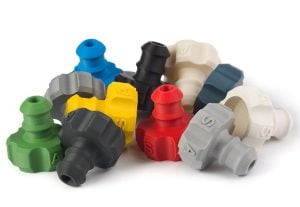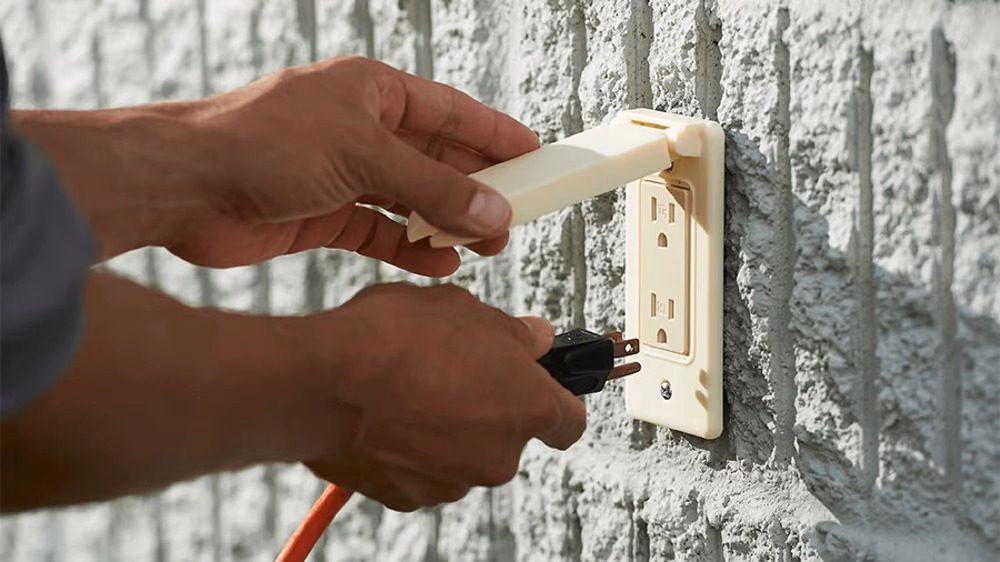What is ASA Filament?
ASA filament (Acrylonitrile Styrene Acrylate) is an amorphous, synthetic thermoplastic that works best in material extrusion printing. Since it’s a high-impact material, you can produce functional parts for automotive applications, electronics, tooling, and more. ASA filament has high weather and UV resistance, making it great for outdoor applications. Even though this filament is high-weather resistant, you need to consider having storage solutions to protect it.
ASA Printing Settings
| Extrusion Temperature | 230-260°C |
| Bed Temperature | 90-110°C |
| Printing Speed | 30-110 mm/s |

ASA Filament Options
ASA Filament Applications
Due to its high impact resistance, and high weather resistance (heat, water, and UV resistance), ASA can be used to produce prototypes, including:
- Power and hand tools
- Outdoor appliances
- Electrical applications
- Sporting goods
- Exterior signage
- Components for automobile and marine applications
- Lawn and garden equipment

ASA Features
- High impact resistance
- Strong UV and chemical resistance
- Water-resistant
- Anti-static properties
- Tough and durable
- Low-gloss finish
ASA Filament Datasheet

